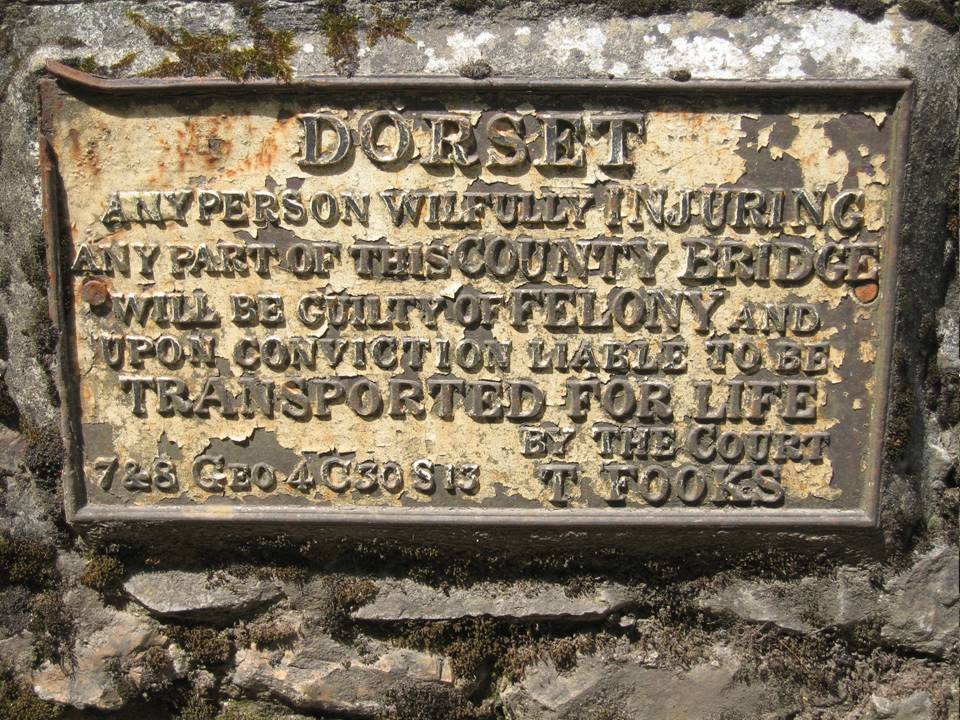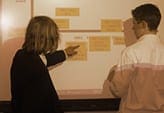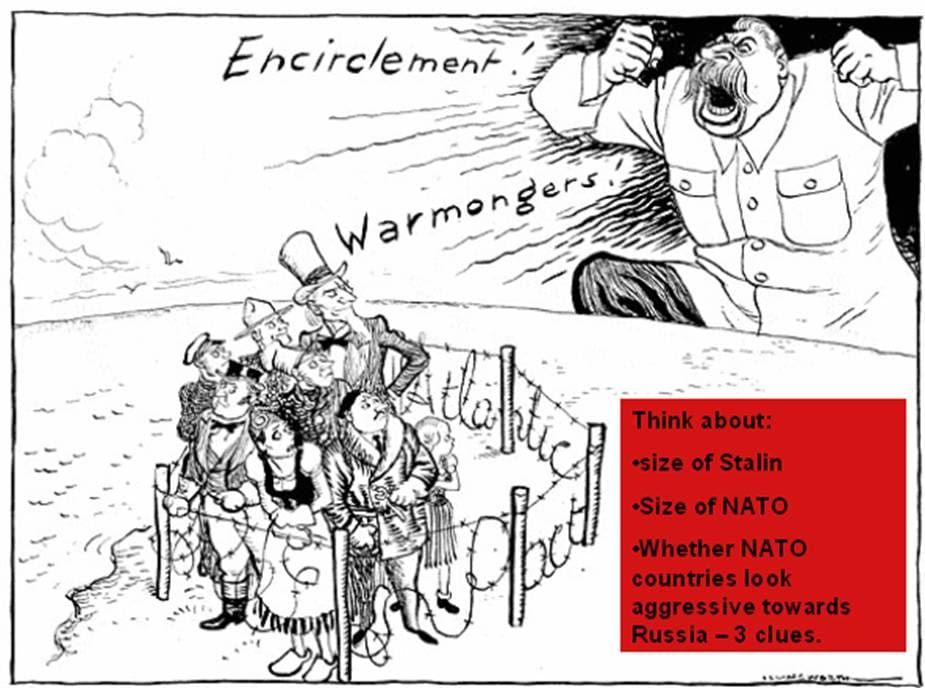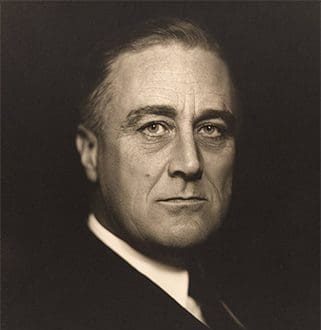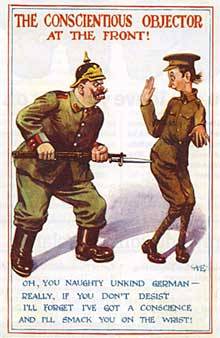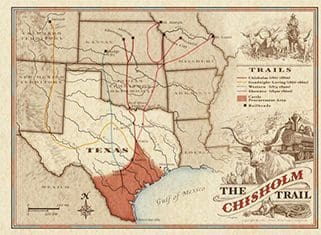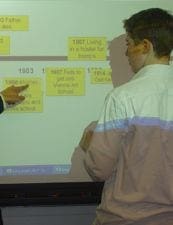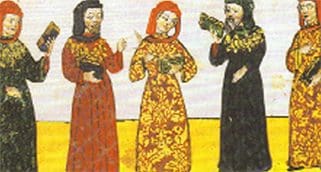
One way of getting students to think about change and continuity in medieval times is to show them textbooks that were used at the end of the period. Instead of revealing all their secrets, you tease out the ideas from the students. This really tests what they know and some of their assumptions too. After looking at a couple of early 16th century texts which show significant Arabic influence, students are asked to explain why people were still reading Galen in 1500. I am grateful to Sarah Herrity, AST for history at Wyvern Technology College near Southampton for the improvements she made to the original lesson and for some of her PowerPoint slides.
Learning objectives
- students are able to predict who might feature on a textbook cover of 1500
- they can explain the influence of Arabic physicians on European practice
- they can explain why people were still reading Galen in

